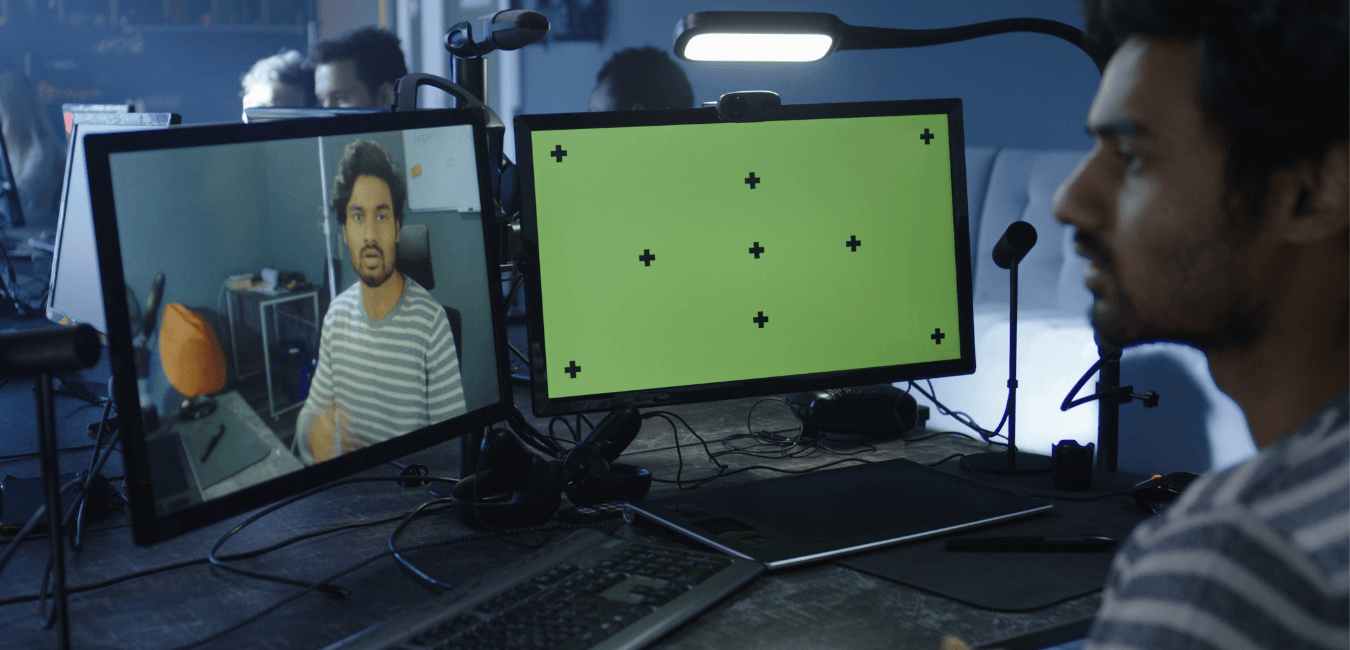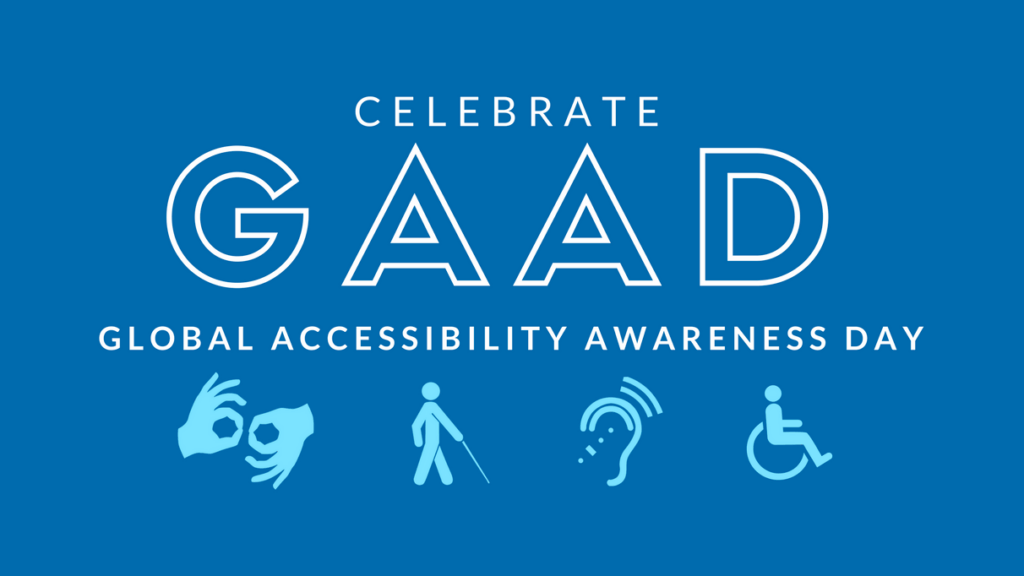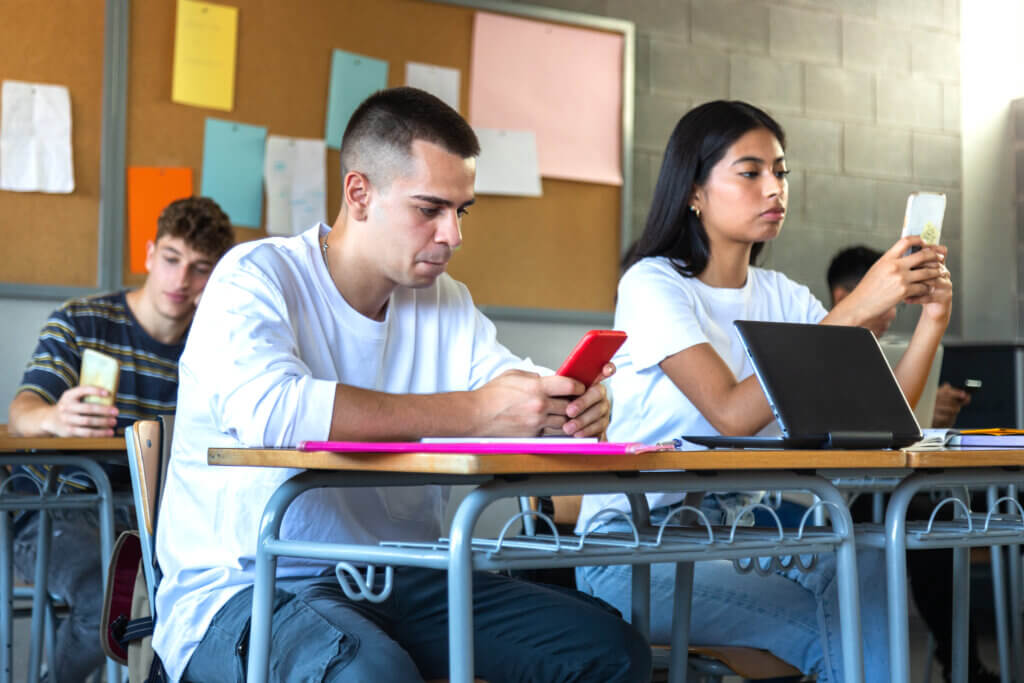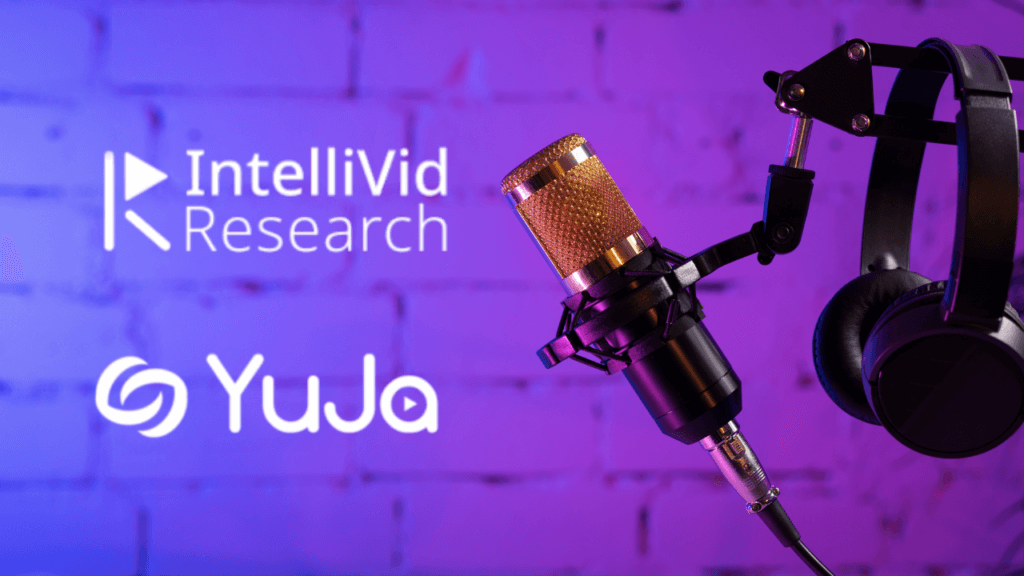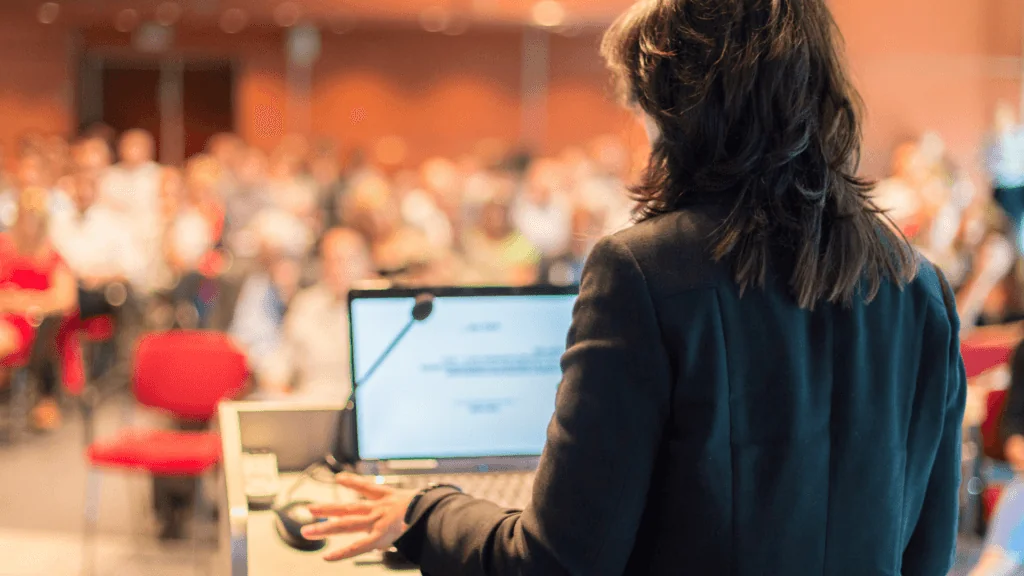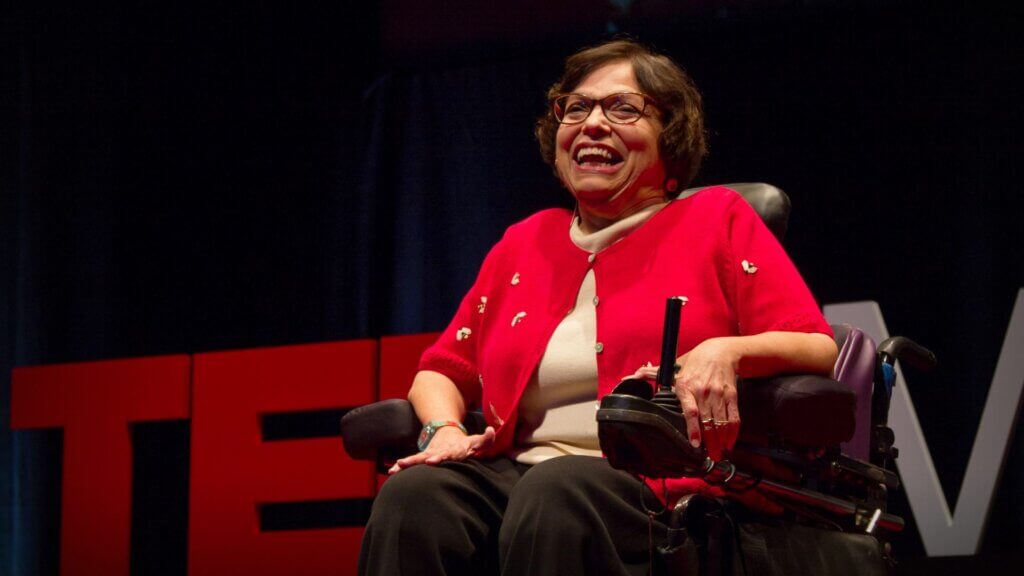 At Bronx Community College of The City University of New York, Albert Robinson, Associate Director of the Center for Teaching, Learning and Technology said that while the primary use of YuJa’s Enterprise Video Platform is to create, store and manage media content, an unexpected perk he’s heard instructors laud is the ability to self-evaluate.
At Bronx Community College of The City University of New York, Albert Robinson, Associate Director of the Center for Teaching, Learning and Technology said that while the primary use of YuJa’s Enterprise Video Platform is to create, store and manage media content, an unexpected perk he’s heard instructors laud is the ability to self-evaluate.
“I have heard from several instructors that when they began recording lectures, they saw areas they would like to change in their teaching or lecturing style,” Robinson shared in this case study. “Several had revelations about how they could better serve students, maybe by shortening or breaking lessons into parts, and that has helped them change the way they’ve been doing it for years.”
Using Recorded Lectures to Assess Your Teaching
While student feedback is helpful, it’s also highly subjective. Student grades might shine a light on instructor effectiveness, but they’re far from painting the full picture. The ability to watch, re-watch and assess your own lectures enables you to become better at what you do, reach your students and use your class time more effectively.
Lecture capture accurately records what students see in the classroom and provides a clear record of the students’ experiences. Traditional course observations by a supervisor or department head only provide a look into a single class period and do not allow the instructor to review class video. In contrast, lecture captures can record every lecture on a consistent and ongoing basis.
How to Use Lecture Capture for Self-Assessment
Use lecture captures to assess all of the following about your own performance in the classroom:
- Check your speaking volume and speed. Is your speech clear, audible and well-paced?
- Were the objectives of your course made clear to students?
- Listen to your tone. Do you maintain a varied and interesting tone throughout your class?
- Think about note-taking. Could you take notes from your lecture?
- Look at your course structure. Do you sound well-organized and prepared?
- Consider your visuals. Are you maximizing your use of technology and other tools?
Pay special attention to:
- Adequacy of classroom procedures
- Enthusiasm for teaching and knowledge of subject matter
- Stimulation of cognitive and affective gains in students
- Relations with students
Ask yourself if you’re satisfied with your lecture style, determine strengths and weaknesses, and consider what you might change to improve the learning experience.
Lecture Capture is One Tool in Your Toolbelt
Lecture captures allow you to take a virtual seat in your own classroom and to put yourself in the role of a student. You have the ability to think about your lecture style, make sure your class can see and hear, and make yourself a better lecturer.
It’s important to note that lecture capture is just one way of self-assessment and improvement. Other methods, such as peer review, self-assessment rubrics, student feedback and evaluations, engagement analytics, and annual goal setting and tracking can all benefit instructors as they work to hone their craft and continue on a journey of self-improvement.
